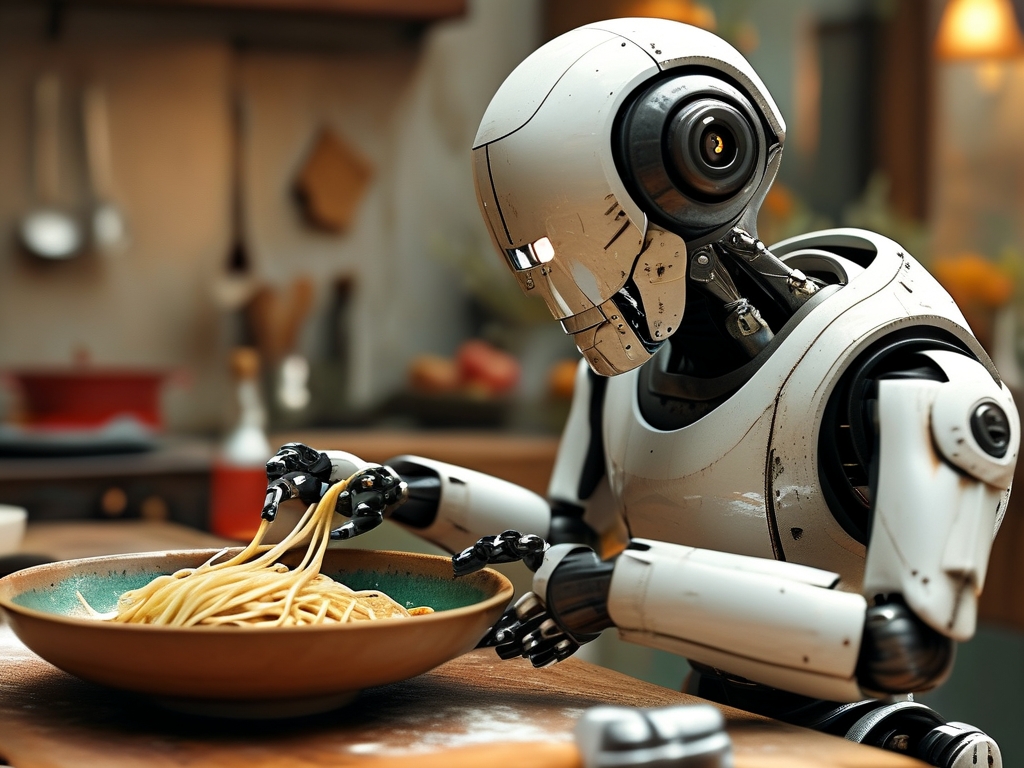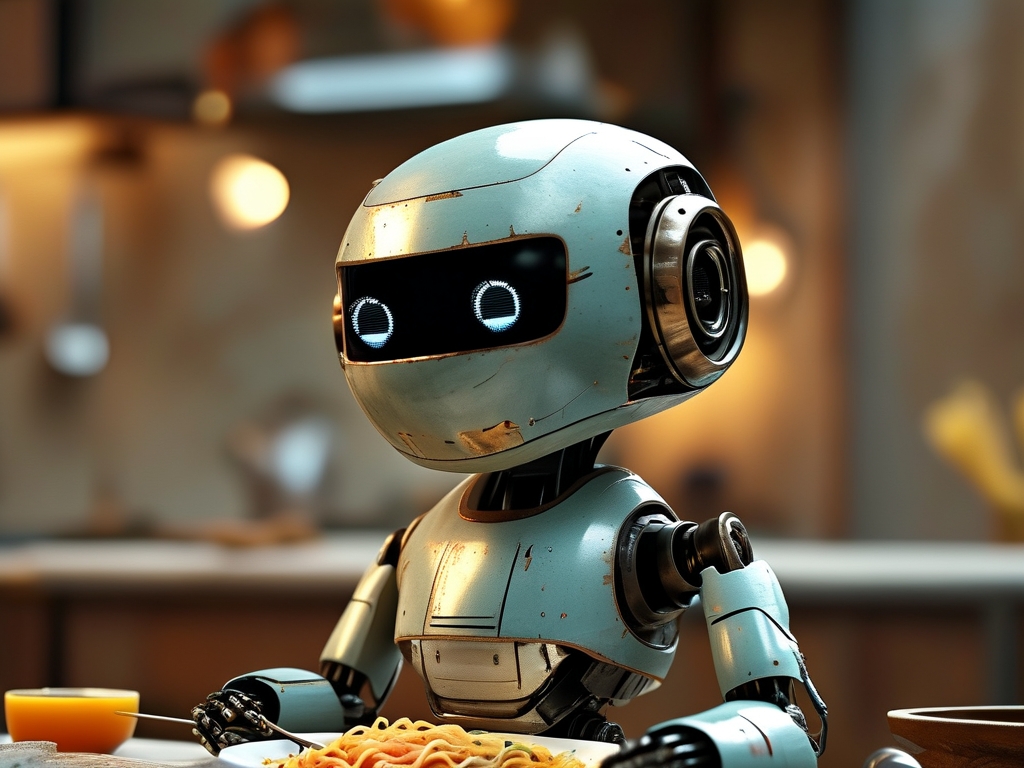In an era where technology intersects with every aspect of daily life, the culinary world is witnessing a groundbreaking transformation: robotic noodle-making systems. This innovation blends centuries-old culinary traditions with cutting-edge automation, reshaping how noodles—a staple food for billions—are prepared, served, and perceived. From ramen in Japan to hand-pulled lamian in China, robots are now replicating human techniques with unprecedented precision, raising questions about authenticity, efficiency, and the future of food culture.
The Mechanics of Robotic Noodle-Making
Modern noodle-making robots employ advanced technologies like 3D printing, AI-driven dough-kneading algorithms, and laser-guided cutting systems. For instance, Japanese company AutoRamen has developed a machine that mimics the exact wrist motions of master ramen chefs, using hydraulic arms to stretch and fold dough up to 15 times per minute. Similarly, China’s NoodleBot X3 utilizes pressure sensors to adjust kneading intensity based on real-time gluten development analysis, ensuring consistent texture—a challenge even for skilled artisans.
These systems integrate machine learning to adapt recipes. A robot at Singapore’s TechTaste Lab, for example, can analyze humidity and temperature to modify water-to-flour ratios dynamically, a feat impossible for human chefs working in variable kitchen environments.
Advantages Over Traditional Methods
- Precision and Consistency: Robots eliminate human error, producing uniform noodle thickness and elasticity—critical for dishes like Italian pasta or Vietnamese pho, where texture defines authenticity.
- Hygiene and Safety: Automated systems reduce direct human contact, addressing food safety concerns. During the COVID-19 pandemic, a Seoul-based startup reported a 300% surge in orders for its touchless noodle robots.
- Labor and Cost Efficiency: Skilled noodle artisans require years of training, but robots can be programmed instantly. A single NoodleMaster 9000 unit in a New York restaurant reportedly replaced three full-time chefs, cutting labor costs by 40%.
Cultural and Ethical Debates
Critics argue that robotic noodle-making dilutes cultural heritage. In Lanzhou, China—home of hand-pulled lamian—protests erupted when a robotic chef was installed at a historic eatery. “The soul of lamian lies in the artisan’s touch,” argued chef Zhang Wei, whose family has crafted noodles for generations.

Conversely, proponents highlight accessibility. Robotic systems enable small businesses to offer artisanal-quality noodles without hiring expensive specialists. In Nairobi, a food truck using a solar-powered noodle robot now serves affordable udon to communities where such dishes were previously unattainable.
Sustainability Implications
Robotic noodle production reduces waste through precise ingredient measurement. A 2023 MIT study found that automated systems cut flour waste by 22% compared to manual methods. Additionally, companies like EcoPasta are developing biodegradable noodle cartridges for robots, aiming to eliminate plastic packaging.
The Human-Robot Collaboration Model
Forward-thinking restaurants are adopting hybrid models. At Tokyo’s Ramen Synergy, robots handle repetitive tasks like dough preparation, while human chefs focus on broth seasoning and presentation. This approach preserves craftsmanship while boosting output—a win-win for tradition and innovation.
Future Trends
The global robotic noodle market, valued at $1.2 billion in 2023, is projected to reach $4.7 billion by 2030 (Global Food Tech Report). Emerging innovations include:

- Personalized Nutrition: Robots that adjust noodle ingredients for dietary needs (e.g., gluten-free or protein-enriched).
- Space Cuisine: NASA recently tested a zero-gravity noodle robot for future Mars missions.
- AI-Generated Recipes: Algorithms creating entirely new noodle types by analyzing global flavor databases.
Robotic noodle-making is not about replacing humans but redefining possibilities. As these technologies mature, they promise to democratize gourmet experiences, enhance food security, and preserve endangered culinary techniques through digital archiving. The true mastery lies in balancing silicon precision with the irreplaceable warmth of human creativity—a recipe for a flavorful future.

